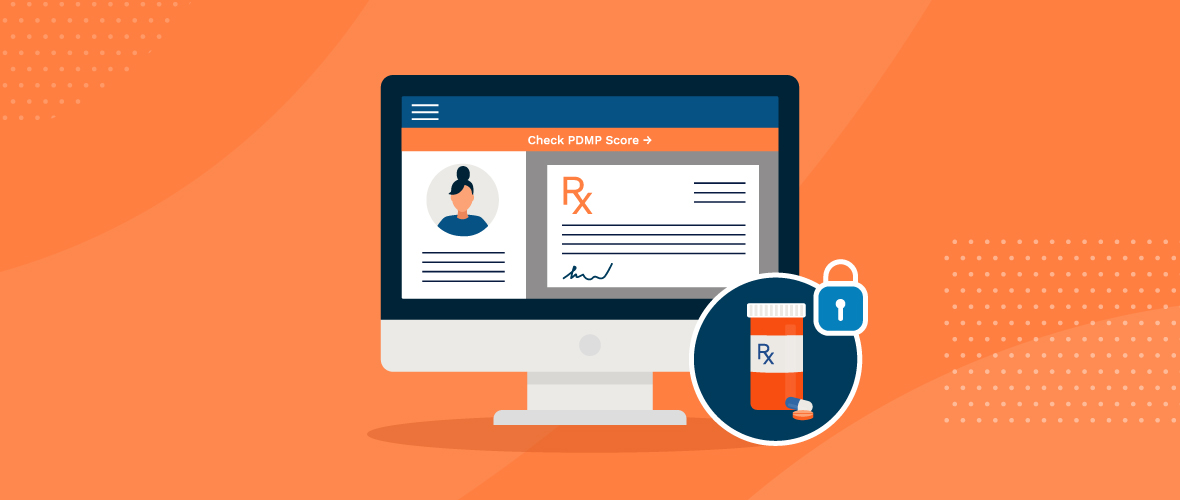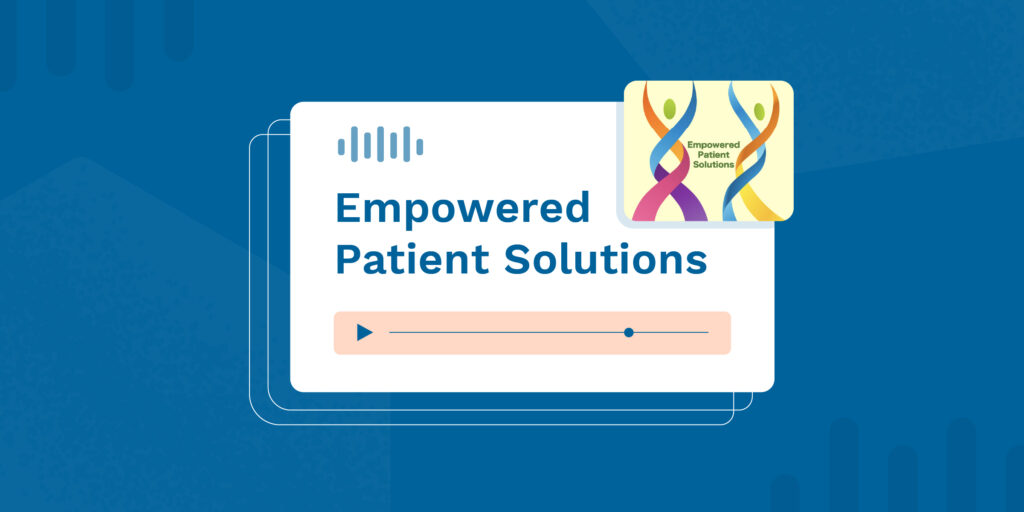In an urgent effort to combat the record-setting rise in opioid deaths sweeping the United States, the U.S. government is mitigating the effects of the opioid epidemic at the state level and the federal level by setting more stringent restrictions for prescription opioids through Prescription [Drug] Monitoring Programs (PMP/PDMP) and Electronic Prescribing for Controlled Substances (EPCS). Though these programs are supported at the federal level, the parameters and legislation for each are dependent on state-level implementation and enforcement.
Combining these efforts also enables the healthcare industry to evolve its approach to prescribing controlled substances. The benefits of EPCS and PMPs/PDMPs extend beyond the opioid crisis to include administrative cost savings, better medication adherence, and the speed of prescription processing.
What is the Difference Between EPCS and a PMP/PDMP?
EPCS and PDMPs are both government-sanctioned initiatives to regulate the administration of controlled substances by healthcare providers.
Electronic Prescribing of Controlled Substances (EPCS)
EPCS facilitates the electronic transmission of prescriptions written by clinical prescribers, especially Schedule II-V controlled substances. It streamlines the prescription process by generating a more transparent system for pharmacies to track (and block) the abuse of controlled substances. According to a Journal of the American Medical Association (JAMA) Network study, EPCS is notably effective in “eliminating paper prescriptions, enabling cross-referencing of PDMP databases and facilitating electronic decision support tools.”
EPCS began at the federal level as a proposal set forth by the Drug Enforcement Agency (DEA). However, EPCS mandates vary by state. New York became the first state to pass legislation in 2016, and multiple other states have followed suit since then. Data from states with instituted e-prescription tools has shown EPCS to be a more effective method of prescribing and addressing controlled substance security, thereby reducing prescription fraud.
Prescription Drug Monitoring Programs (PMPs or PDMPs)
Similarly, PDMPs exist to track the use of controlled substances. According to the ONC-HIT’s Health IT Playbook, PDMPs are “one of the most promising tools available to address prescription opioid misuse and abuse.” PDMPs are state-run electronic databases that collect data from pharmacies on prescription drugs dispensed to patients. Clinical prescribers report to a PDMP each time a patient fills a prescription for a controlled medication.
The state-run PMPs and PDMPs may differ in their funding and requirements for medical professionals to access them as a resource; however, several states make it mandatory for health practitioners to review a patient’s history through the PDMP before prescribing opioids and other controlled substances. In addition, the integration of PDMPs to EHR and eRx software varies from state to state. Bamboo Health (formerly Appriss Health) does not charge for registration to states where PDMPs are fully funded, whereas states without a fully funded integration will require a one-time implementation fee. To see if your state is PMP/PDMP funded, click here.
EPCS and PDMPs share the common goals of accountability and transparency in regulated substance prescription practices and inform clinicians on treatment options that protect patients from opioid use disorders.
Which States Are Implementing EPCS and PMP/PDMPs?
As of January 1, 2021, the SUPPORT Act requires states to comply with federal EPCS mandates. Due to COVID-19, however, the Centers for Medicare and Medicaid Services (CMS) extended enforcement of EPCS to Medicare Part D until January 1, 2022. Most states have adopted or are in the process of adopting EPCS legislation, and it is only a matter of time until every U.S. state will be required to comply.
As of June 2021, Missouri became the fiftieth and final state to implement a PDMP. All U.S. states currently have an active database.
Among the states with both EPCS and PDMP mandates are Nevada, Arizona, Texas, New Mexico, Virginia, North Carolina, and Pennsylvania. States with upcoming EPCS mandates taking effect on January 1, 2022, include California, Nebraska, Indiana, New Hampshire, Delaware, Utah, and Maryland. Healthcare providers should be aware of upcoming deadlines to prepare for procedural changes.
Keep up with your state’s most current EPCS mandates by viewing this interactive map.
Does One Program Matter More?
PDMPs offer real-time data for prescribers and physicians to make better decisions about when and whom to prescribe controlled substances. By accessing the database, clinicians may view critical information about the patient’s history with controlled substances and distinguish between patients who genuinely need the opioid medication and those at risk for potential misuse. Licensing boards also utilize PDMP data to identify unusual prescribing patterns by medical professionals.
With EPCS, prescribers and physicians can track drug usage within their practice and externally. According to JAMA, the use of EPCS may “curb ‘doctor shopping,’ prescription fraud, and overprescribing, thus leading to improved opioid outcomes.” Prescribing regulated substances also allows users to receive dosage reminders, view drug interactions, and reduces the potential for prescription errors. EPCS is gaining traction—the number of clinical prescribers using e-prescriptions increased by more than 63,000 in 2020 and surpassed 1 million active e-prescribers for the first time.
Still, the question remains: which program is more important?
Answer: Both programs are equally necessary to fight the opioid crisis, increase the speed of prescription allocation, reduce administration costs, and strengthen drug compliance. By pairing EPCS and PDMPs, healthcare professionals can use the programs to more accurately determine when a patient misuses a controlled substance.
These programs provide precise, reliable data to approach the patient with clear evidence of misuse and, more importantly, allow clinicians to develop a treatment option that best serves the patient on their road to recovery.
How Can RXNT’s Software Help?
Our certified, cloud-based software is a five-time Surescripts award-winner, satisfies ONC-HIT certification requirements, and offers easy, direct access to every state’s Prescription Drug Monitoring Program (PDMP) from within our Electronic Prescribing system, eliminating the need to access your state’s PDMP database website separately.
RXNT’s eRx software is certified by the DEA and meets all federal and state EPCS regulations. These regulations also mandate two-factor authentication tokens to safeguard passwords. We provide hard tokens (physical devices similar to a key fob) and soft tokens that can be loaded onto a mobile device.
Are you ready to meet EPCS mandates and get direct access to your state’s PDMP? Learn more about these features and schedule a convenient, free demonstration of EPCS and PDMP functionality in our certified software.




